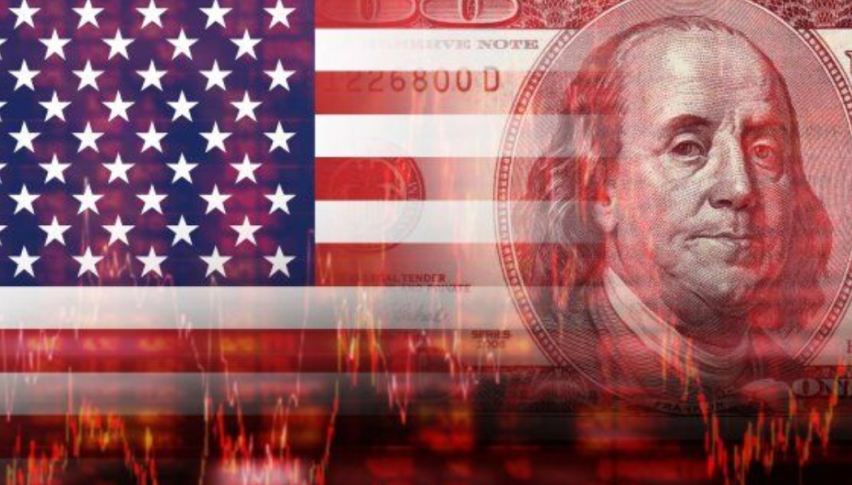Bank of America Warns of Growing Caution Toward the U.S. Dollar
he recent decline in the U.S. Dollar Index — now down more than 9% year-to-date reflects mounting investor anxiety over trade policy.

Quick overview
- Bank of America reported neutral dollar flows amid global trade uncertainty and recent developments post-Liberation Day.
- Real money investors showed interest in the U.S. dollar against the euro, while flows in the Japanese yen turned neutral ahead of elections.
- The Australian dollar saw mixed activity, with real money investors buying and hedge funds reducing long positions.
- The decline in the U.S. Dollar Index reflects portfolio adjustments and investor anxiety over past trade actions, with potential impacts on future macroeconomic indicators.
Bank of America (BofA) reported that its proprietary dollar flows have turned neutral amid growing global trade uncertainty and unclear consequences for the greenback following recent post–Liberation Day developments.

According to the bank’s latest Global FX Weekly report, both hedge funds and real money investors offered some support for the U.S. dollar. Notably, real money accounts showed interest in the dollar versus the euro (EUR) and were active in the FX options market in favor of the greenback.
Neutral Flows in Yen; Cautious Outlook Ahead of Japanese Elections
Flows in the Japanese yen (JPY) also turned neutral. However, BofA warned that the market remains net long on the yen — a factor reinforcing the bank’s cautious stance, particularly in the run-up to Japan’s Upper House elections.
Diverging Flows in Aussie Dollar Add to Market Uncertainty
The report also highlighted activity around the Australian dollar (AUD). Real money investors resumed buying following the Reserve Bank of Australia’s hawkish tone — especially after weeks of heavy selling. In contrast, hedge funds continued to trim their long positions in the AUD.
Despite this divergence, BofA maintained that overall positioning in the AUD remains net long but not excessive, and that the mixed signals from its indicators do not yet pose a material risk to its “constructive” outlook on the currency.
A Softer Dollar Reflects Broader Uncertainty
The recent decline in the U.S. Dollar Index — now down more than 9% year-to-date — reflects not only portfolio adjustments in response to evolving monetary policy but also mounting investor anxiety over the potential lagged impact of trade actions taken under former President Donald Trump. According to analysts, these effects may become more visible in upcoming macroeconomic indicators.
- Check out our free forex signals
- Follow the top economic events on FX Leaders economic calendar
- Trade better, discover more Forex Trading Strategies
- Open a FREE Trading Account